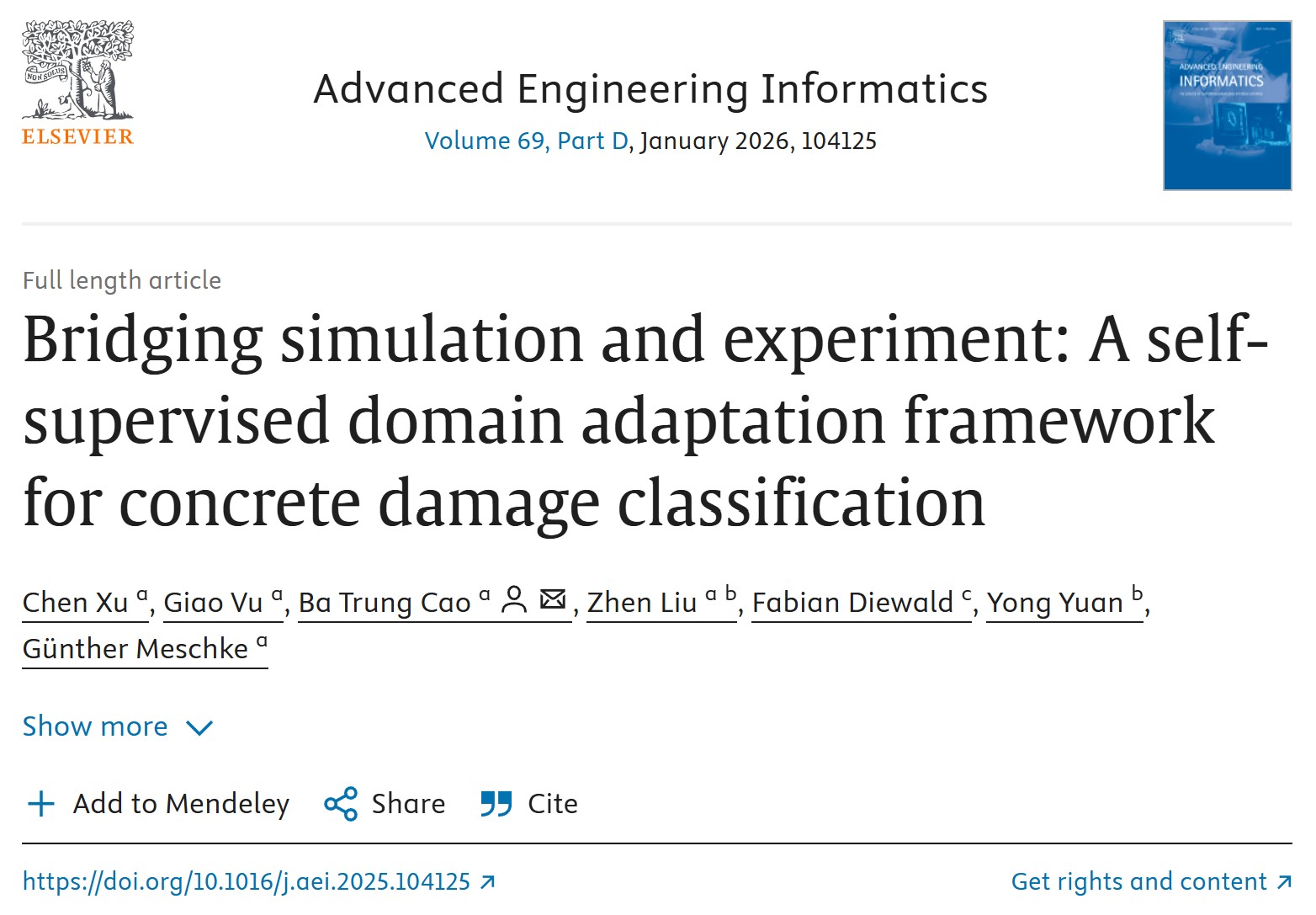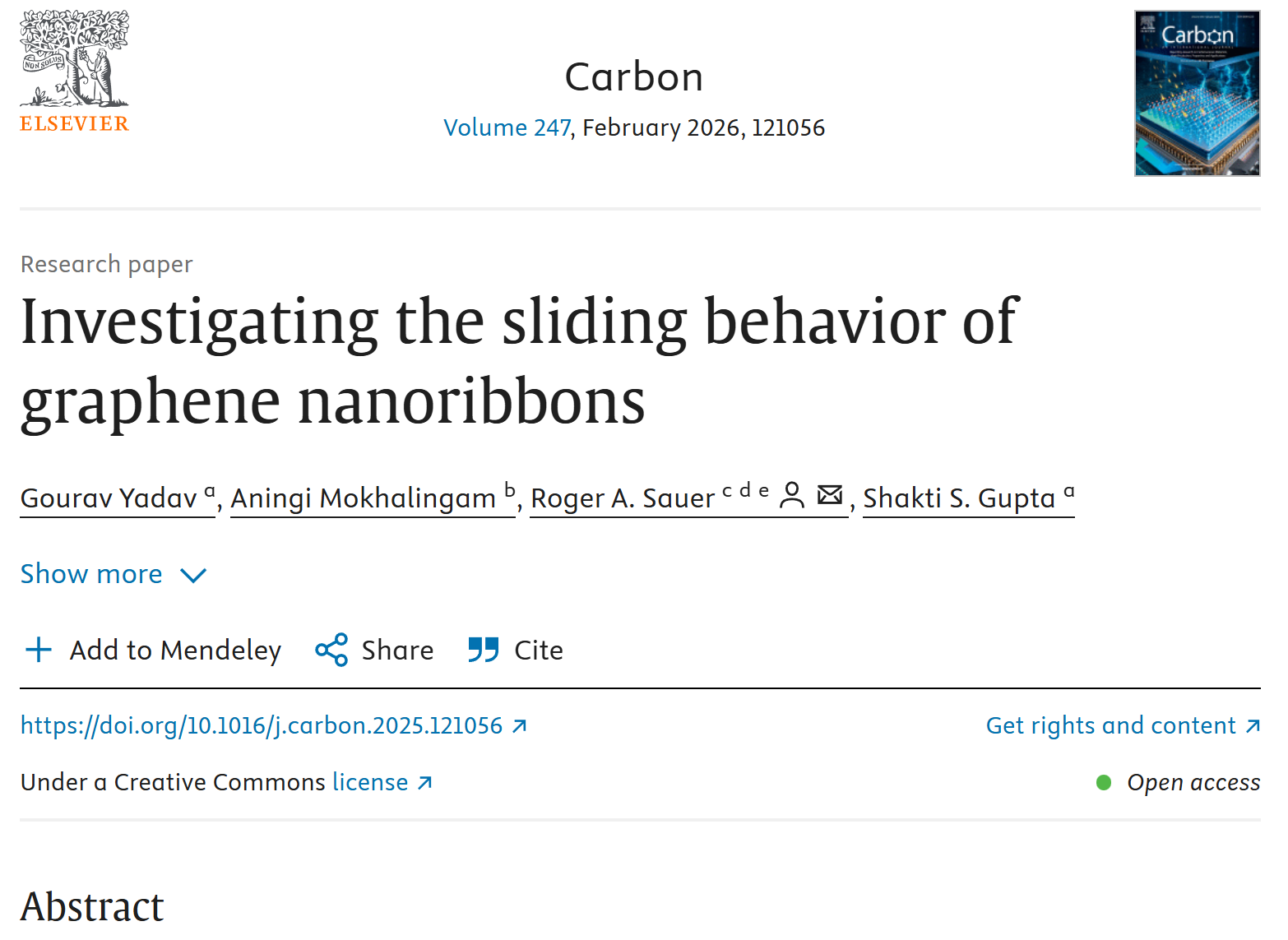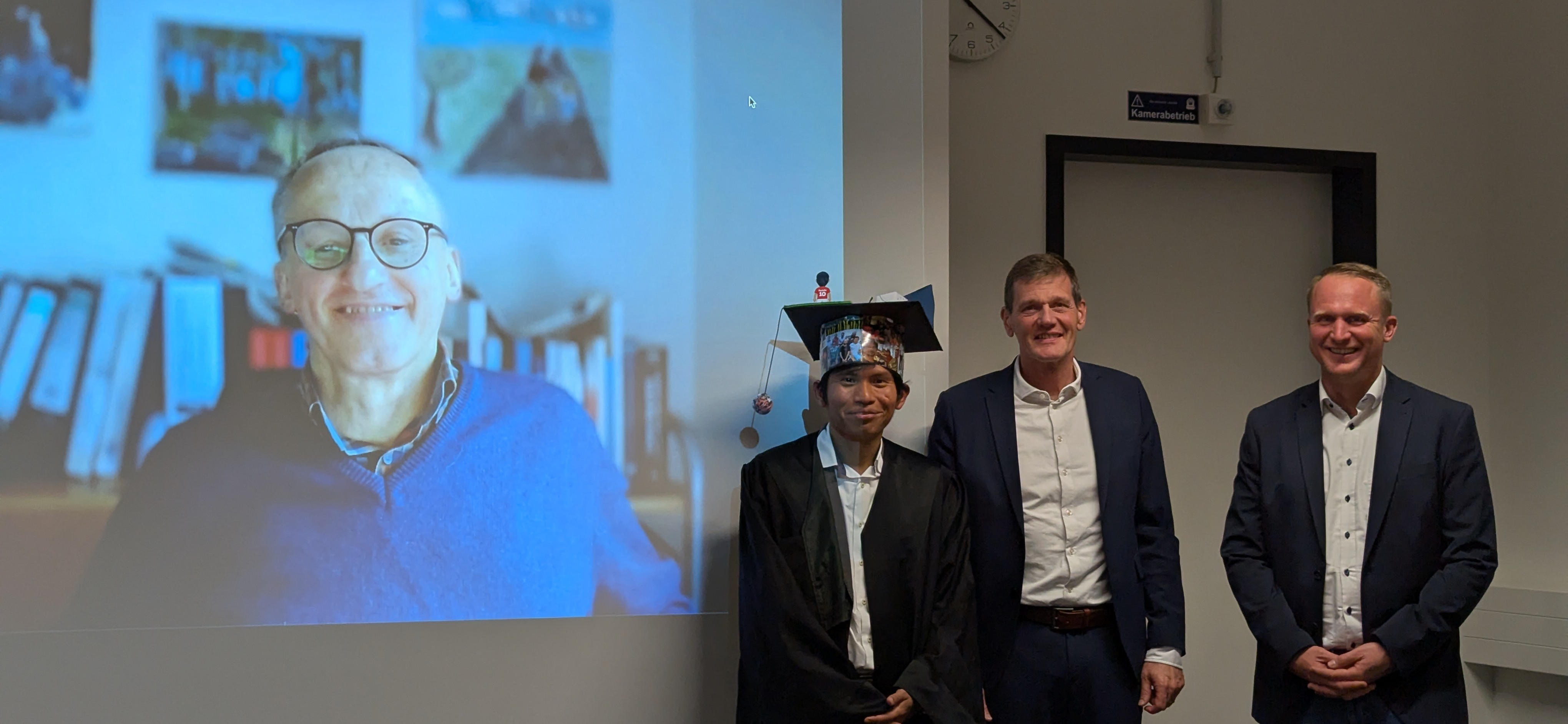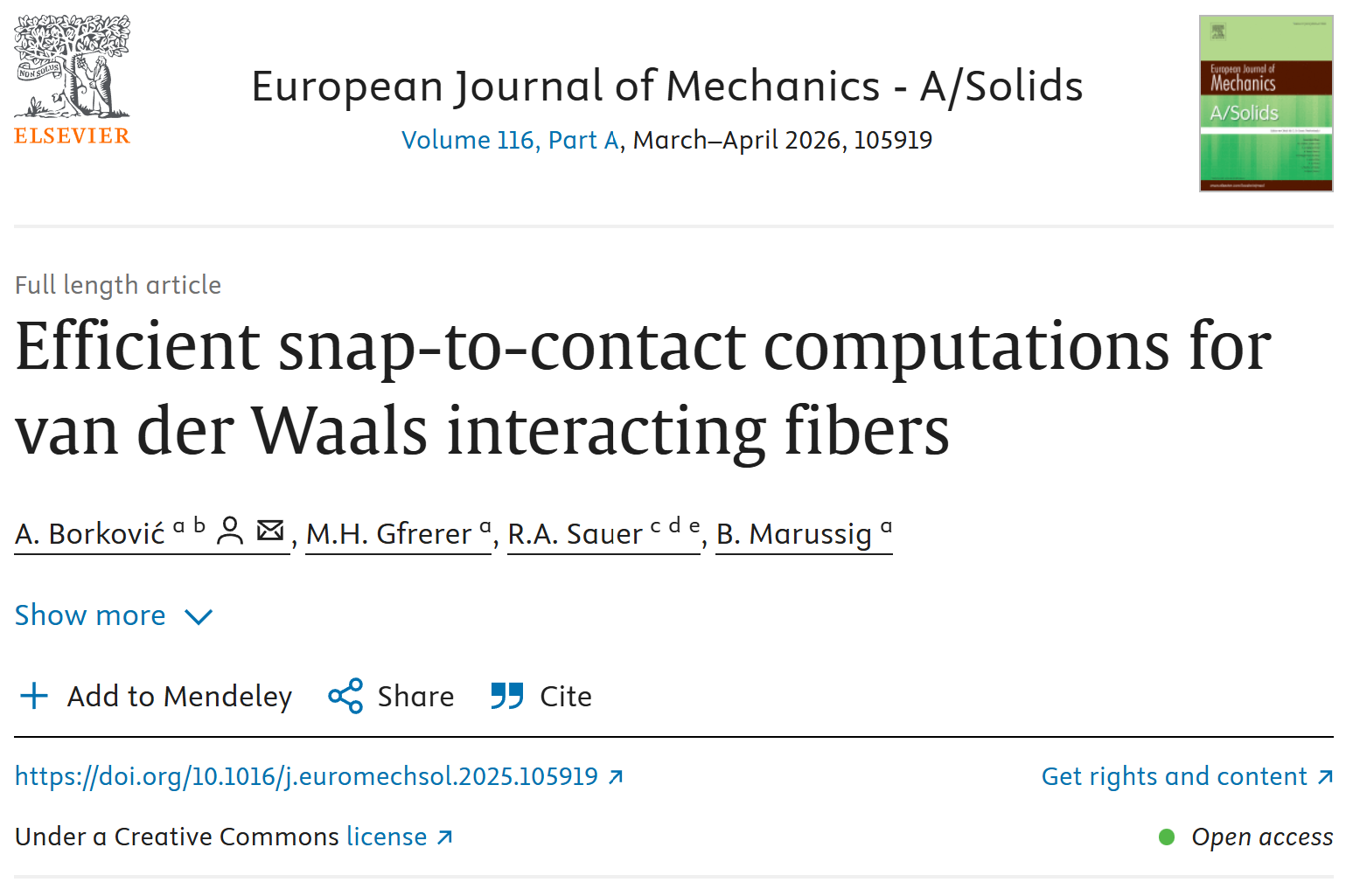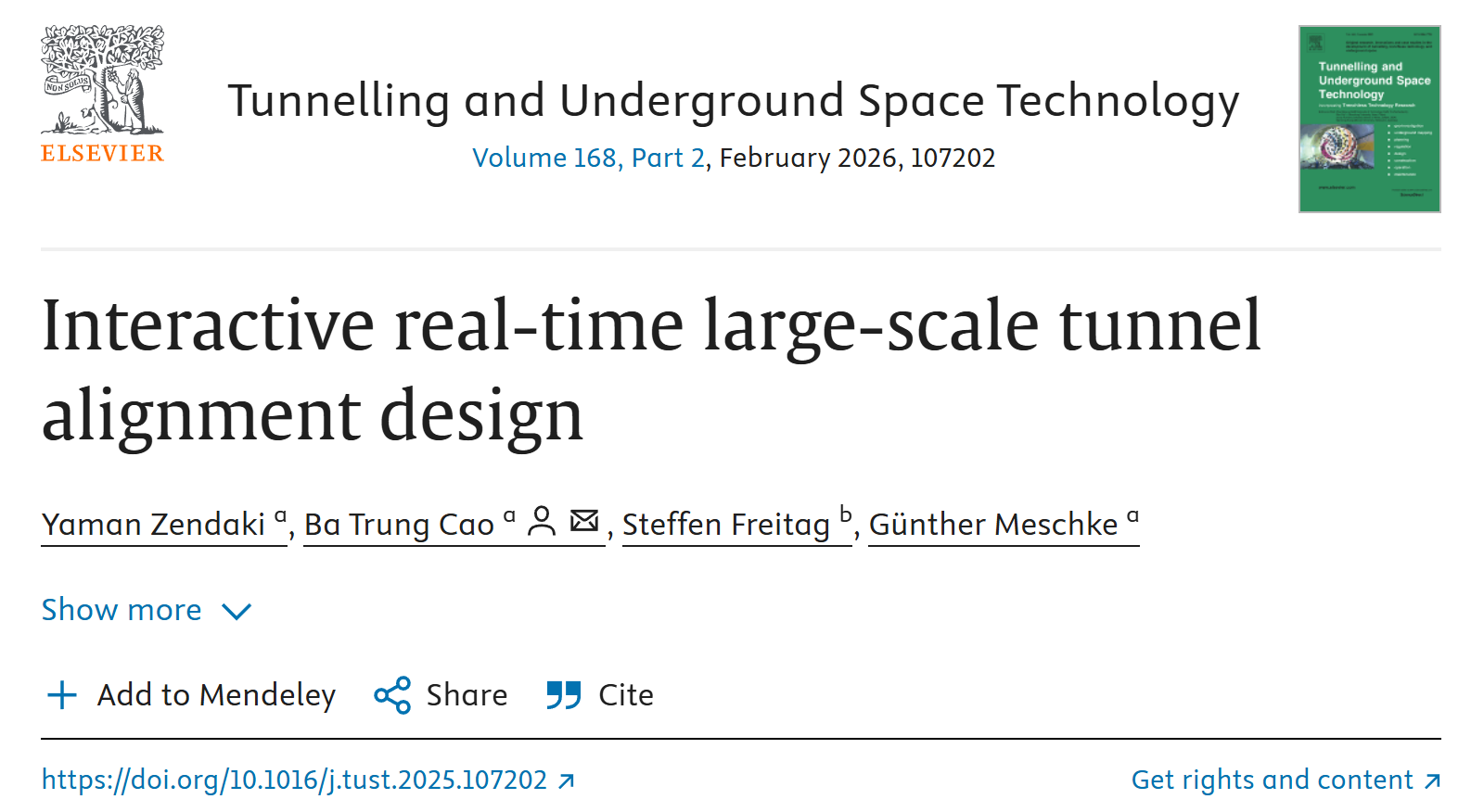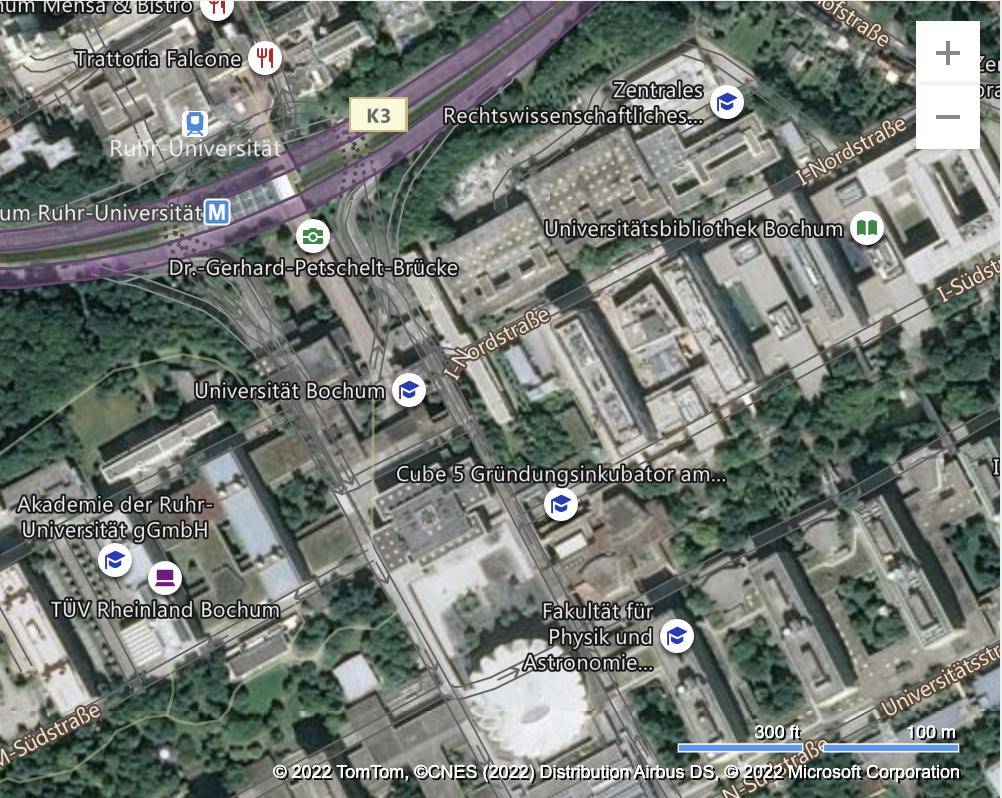"Interactive real-time large-scale tunnel alignment design" is the new publication of our institute. It is written by Yaman
Zendaki, Ba Trung
Cao, Steffen Freitag, and Günther
Meschke and published in the journal "Tunnelling and Underground Space Technology" by Elsevier.
Abstract
Alignment design in urban tunneling aims at selecting an optimal tunnel track satisfying design specifications and safety constraints, as well as considering the environmental and socio-economic impact. In terms of structural analysis, traditional alignment design relies on empirical methods, analytical models, and closed-form solutions to assess impacts on the surrounding built environment. Numerical simulations are only partially employed due to the large-scale nature of such projects, which typically require significant computational resources and effort, making them costly and time-consuming for conventional design workflows. In this work, a simulation-based approach is proposed for large-scale tunnel alignment design, aiming at efficiently solving the computational challenges encountered during the design process. An interactive design tool is also developed, which enables the identification of optimal alignments considering tunneling-induced soil–structure interactions as design criteria. The core of the framework is an advanced numerical simulation model based on the Finite Cell Method, which predicts surface settlements and the associated risk of damage to existing buildings for various tunnel alignments. To achieve interactive real-time performance, fast surrogate models are adopted using Proper Orthogonal Decomposition and Radial Basis Functions. The surrogate models demonstrate strong agreement with the numerical results, achieving an average L2 norm error of 4%, while considerably reducing the computation time from 10 to 12 h to just 1 to 2 s. To determine optimal alignments, the Non-dominated Sorting Differential Evolution is used to solve a multi-objective minimization problem. The fitness function balances minimizing construction costs depending on the tunnel depth and length with maximizing the curvature radius, while enforcing structural constraints to prevent building damage. Finally, the entire real-time design optimization framework is integrated into a web-based software application. In the final optimization step, the optimal alignment, predicted surface settlements, and estimated damage risks to existing structures are visualized through an intuitive graphical user interface. The developed application enhances practical tunnel alignment design by providing advanced simulation results instantly to support more informed decision-making.
The article has a 50 days' free access with this
personalized share link (until December 16, 2025) or is generally accessible here:


